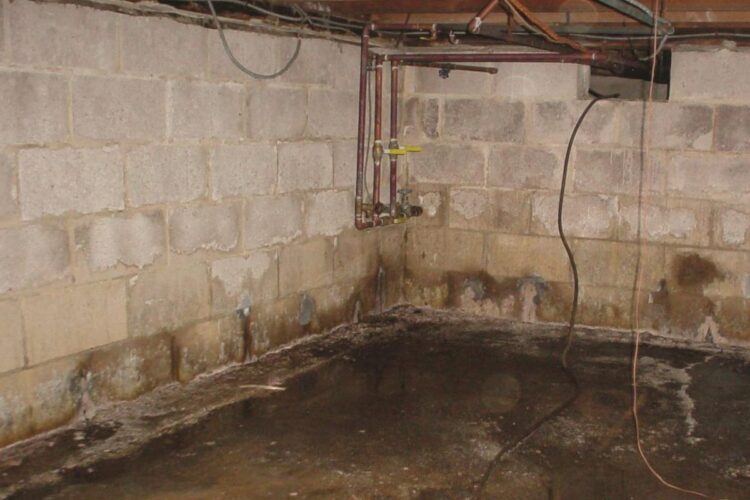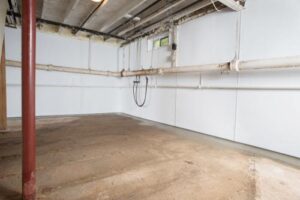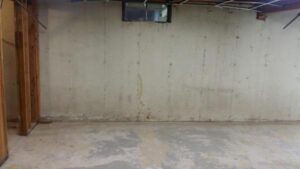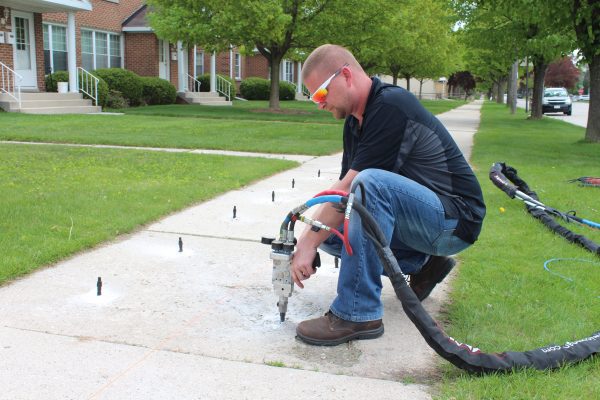
- By Christian Sundahl
- In basement waterproofing, battery backup system, Black Mold in Basement, Bowed basement walls, DIY basement waterproofing
- Tags diy basement waterproofing
DIY Basement Waterproofing: Tips, Techniques, and Pitfalls to Avoid
Basement waterproofing is a critical step in protecting your home from water damage and mold growth. While professional waterproofing services offer expertise and guaranteed results, some homeowners may prefer the DIY approach to save money and tackle the project themselves. In this article, we’ll explore DIY basement waterproofing tips, techniques, and potential pitfalls to help homeowners make informed decisions and achieve successful results.
DIY Basement Waterproofing Tips:
Identify the Source of Water Intrusion:
Before beginning the waterproofing process, it’s essential to identify the source of water intrusion in your basement. Common sources include cracks in the foundation, poor drainage, and condensation buildup. Conduct a thorough inspection to determine the cause of water infiltration and develop a plan to address it.
Repair Cracks and Gaps:
Cracks and gaps in the basement walls or floor are common entry points for water infiltration. Use sealants, such as epoxy or polyurethane, to fill and repair cracks and gaps to prevent water seepage.
Improve Exterior Drainage:
Proper exterior drainage is essential for preventing water buildup around the foundation and basement walls. Ensure gutters and downspouts are clean, free-flowing, and directed away from the foundation to prevent water pooling and soil saturation.
Install Interior Drainage Systems:
Interior drainage systems, such as interior weeping tile or perimeter drains, can help collect and channel water to a sump pump for removal. Consider installing these systems along the interior perimeter of the basement to manage groundwater and prevent water infiltration.
Apply Waterproof Coatings:
Waterproof coatings, such as cementitious waterproofing or liquid rubber, can be applied to the interior surface of the basement walls to create a waterproof barrier. Follow manufacturer instructions carefully for proper application and ensure adequate coverage.
Consider DIY Kits and Products:
Many home improvement stores offer DIY basement waterproofing kits and products designed for easy application by homeowners. These kits typically include all the necessary materials and instructions for DIY installation.
DIY Basement Waterproofing Techniques:
Crack Injection:
Crack injection involves injecting sealants, such as epoxy or polyurethane, into cracks and gaps in the basement walls to create a watertight seal. This technique is effective for repairing minor cracks and preventing water seepage.
Surface Waterproofing:
Surface waterproofing involves applying waterproof coatings or sealants to the interior surface of the basement walls to create a barrier against water infiltration. This technique is suitable for preventing moisture buildup and mold growth in damp basements.
Interior Drainage Installation:
Installing interior drainage systems, such as interior weeping tile or perimeter drains, can help manage groundwater and prevent water infiltration into the basement. This technique is effective for controlling water accumulation and protecting the basement from flooding.
Potential Pitfalls to Avoid:
Underestimating the Scope of Work:
DIY basement waterproofing projects can be more complex and labor-intensive than anticipated. It’s essential to assess the scope of work realistically and be prepared for potential challenges along the way.
Improper Application of Waterproofing Materials:
Improper application of waterproofing materials, such as sealants or coatings, can compromise their effectiveness and lead to water infiltration. Follow manufacturer instructions carefully and ensure proper surface preparation and application techniques.
Neglecting Maintenance:
Waterproofing systems require regular maintenance to remain effective over time. Neglecting maintenance tasks, such as inspecting gutters, cleaning drainage systems, and testing sump pumps, can lead to system failure and water damage.
Failing to Address Underlying Issues:
DIY basement waterproofing may address surface-level water infiltration but fail to address underlying issues such as poor exterior drainage or foundation cracks. It’s essential to identify and address the root cause of water intrusion to achieve long-term results.
DIY basement waterproofing can be a cost-effective solution for homeowners seeking to protect their homes from water damage and mold growth. By following these tips, techniques, and avoiding potential pitfalls, homeowners can achieve successful results and enjoy a dry, moisture-free basement for years to come. However, for complex or extensive waterproofing projects, it’s advisable to consult with a professional waterproofing contractor to ensure proper installation and long-term effectiveness.
Contact the Professionals at Sundahl Waterproofing Today (914) 639-6344






